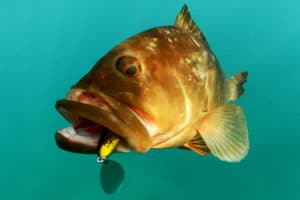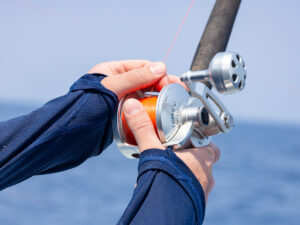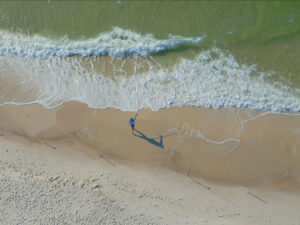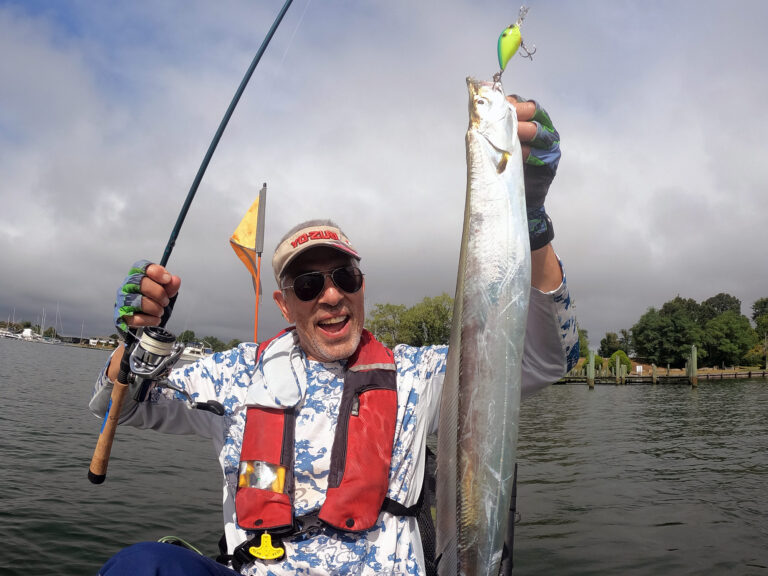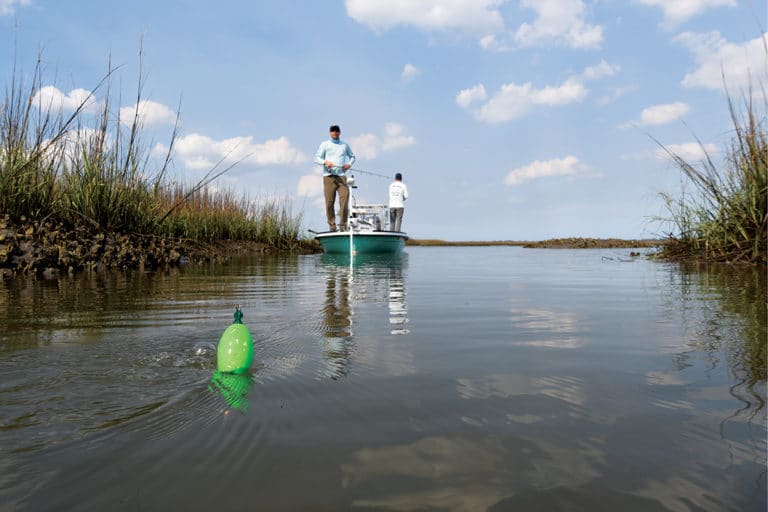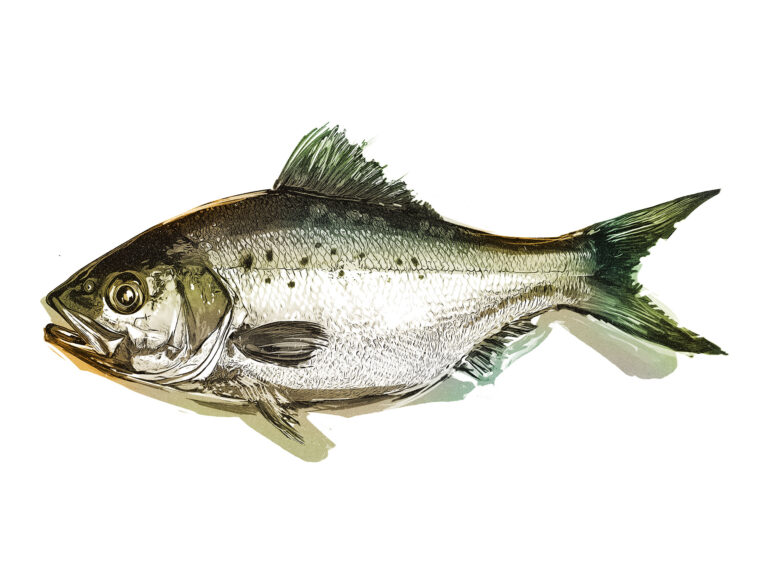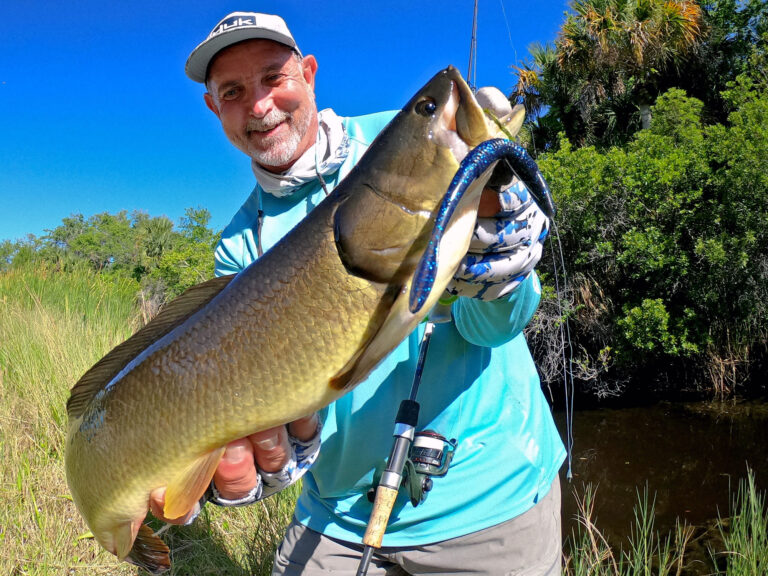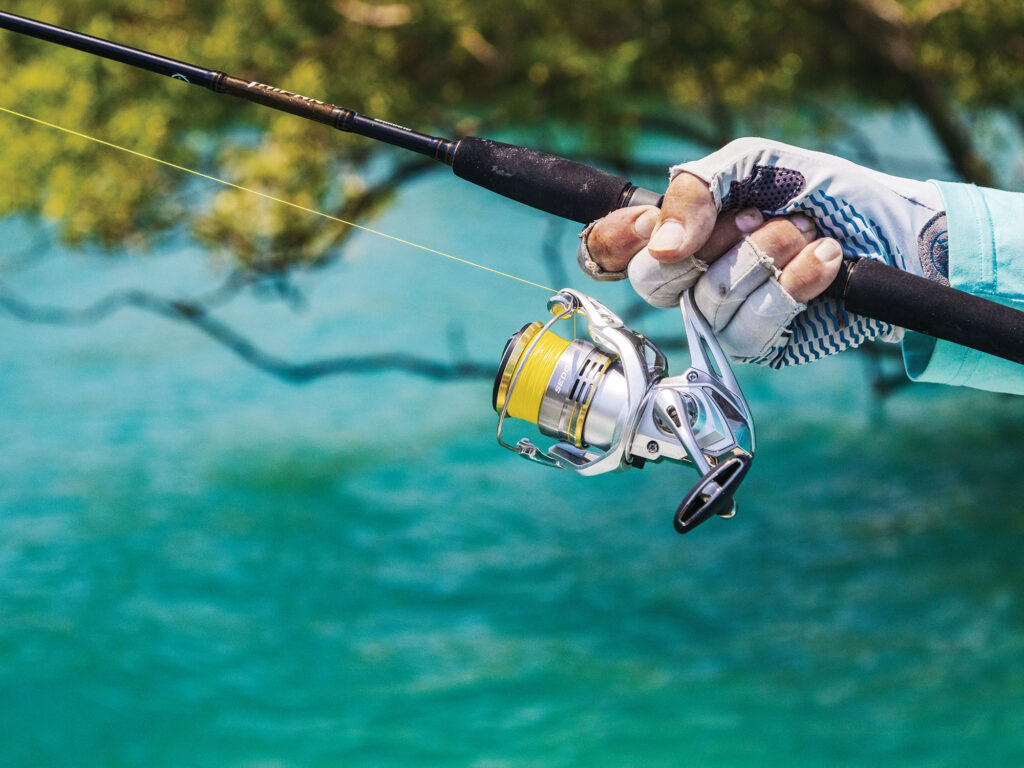
The light-to-medium variety is ingrained in the pursuit shallow-water fish — perfect for casting a shrimp, a small crab, a pilchard, or a tiny jig. Great for battling bonefish, permit, redfish, snook, tarpon and plenty more. Here, as we see it, are major milestone developments over the past 50 years that we believe helped make spinning tackle today’s go-to gear for skinny water fishing.
Mid-1970s
The Daiwa Silver spinning reels integrated popular innovations like skirted spools that shed water and resisted corrosion, convertible handles to accommodate right-handers and southpaws, a nearly infallible bail-trip system, and higher retrieve speeds to working lures more quickly than ever. The light models such as the 1500 were an instant success.
Late-1970s
Fenwick’s contribution come in the form of graphite spinning rods. Eagle and HMG rod lines brought the advantages of light weight, quick recoil and lots of power — attributes that made them ideal for casting and battling species like bonefish and redfish. The early versions were slightly prone to breakage, but a solid warranty meant replacements were easy to come by.
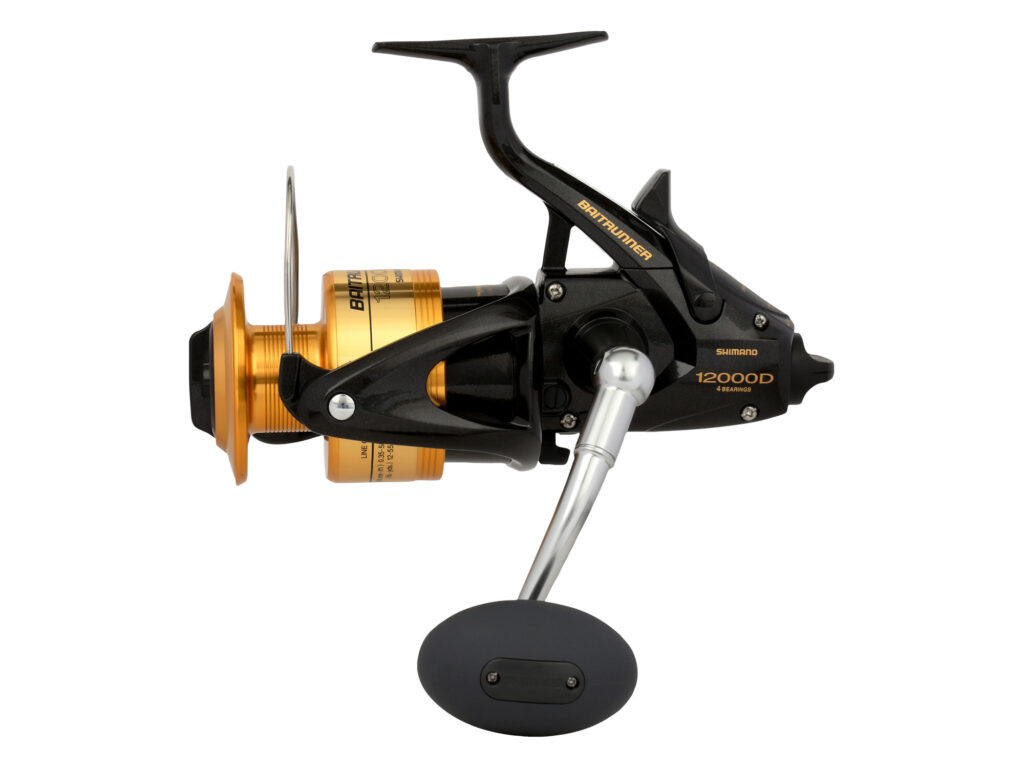
1980s
Fishing big baits in the surf or skinny water sometimes means letting the fish run a bit before coming tight. The innovative Shimano “bait running” feature enabled anglers to do just this without opening the bait. When you’re ready, turn the handle to engage the reel and go to work. The Shimano Baitrunner’s introduction spawned a host of me-too models from other major brands.
Early 1990s
Spinning reels had trouble matching the drag pressure of conventional reels needed for powerful species such as tarpon. Shimano’s Stella series changed that with its dual-drag system with washers supporting the spool from both top and bottom. Other innovations: a heat sink to reduce drag fade and strengthened spool support to reduce flex, plus deliver consistent drag pressure.
1990s
SpiderWire’s introduction of thin-diameter braided line, quickly followed by other brands, proved a game changer for spinning reels, exponentially increasing line capacity for spinning reels, making it possible endure sustained runs by species such as cobia, sharks and tarpon.
Early-2000s
Slowly oscillating spinning reels mechanisms such as that on the Shimano Stella spooled line on more uniformly to prevent piling up line, reducing tangles and increasing casting distance.
2000s
The subtle tap of bonefish inhaling shrimp or a sheepshead crushing a crab were enhanced with introduction of exposed black reel seats for light-tackle spinning rods such as Fuji.
Late-2000s
Braid line has a downside, especially with spinning gear. It sometimes results in wind knots that are nearly impossible to untangle. Fuji came to the rescue with its tangle-free guides to dramatically reduced wind knots when fishing braided line with spinning gear.
Read Next: The Best New Spinning Reels
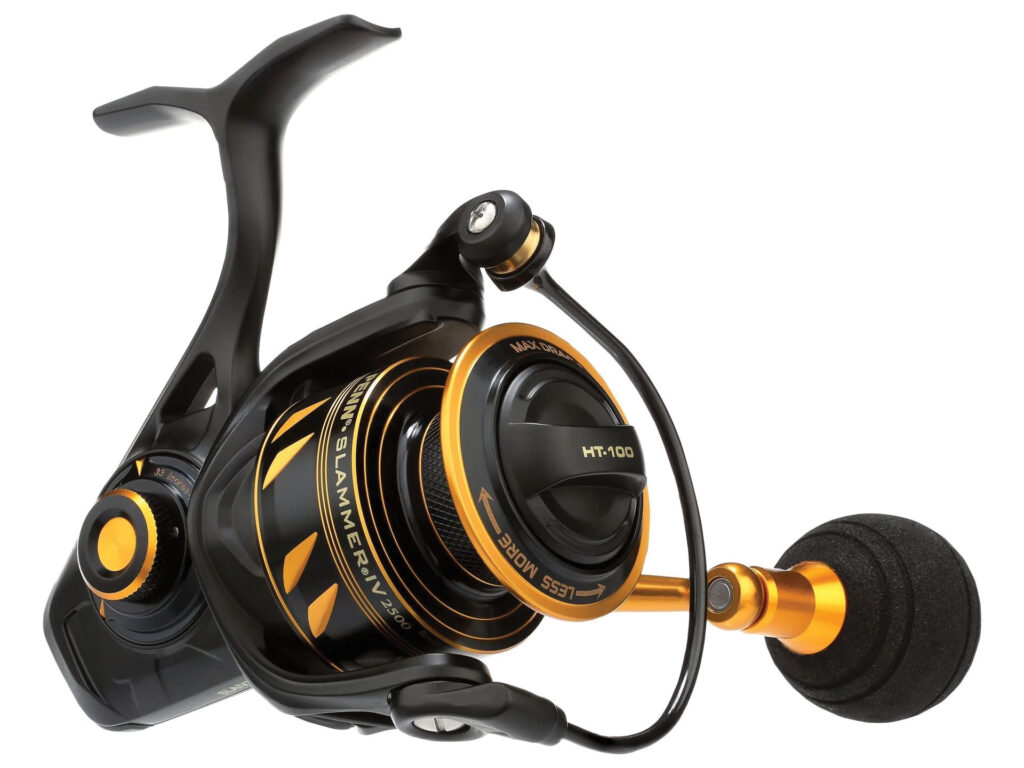
Mid-2010s
Many associate IPX waterproofing with Shimano spinning reels, but Penn was the first to offer this in its Slammer and Torque models. The IPX6 rating they enjoy means they protect against a high-pressure water stream from any angle.
Early 2020s
While major spinning reel brands have had power handles with large grips and longer handles for years, the early 2020s have seen company in the aftermarket offer these as retrofits. Power handles from companies such as Gomexus provide extra leverage for battling giant trevally, sharks, and tarpon that you might hook in shallow water.

